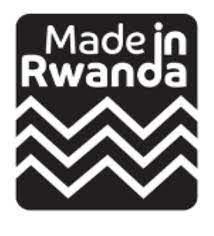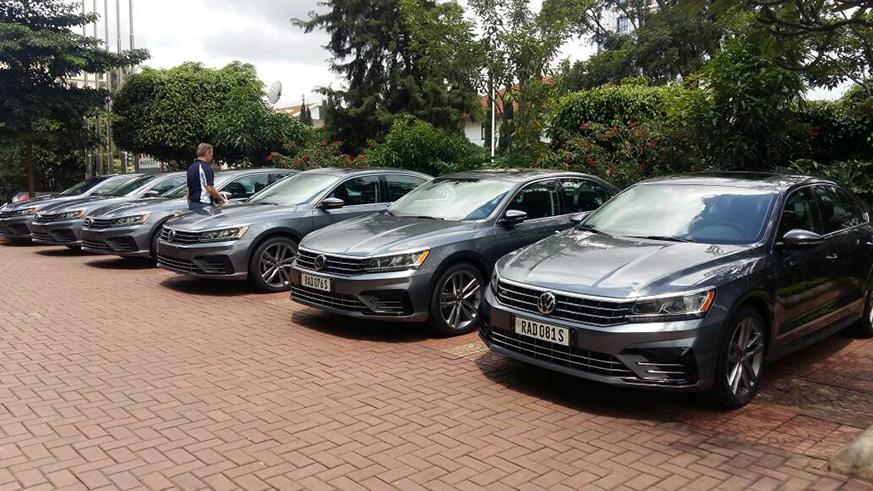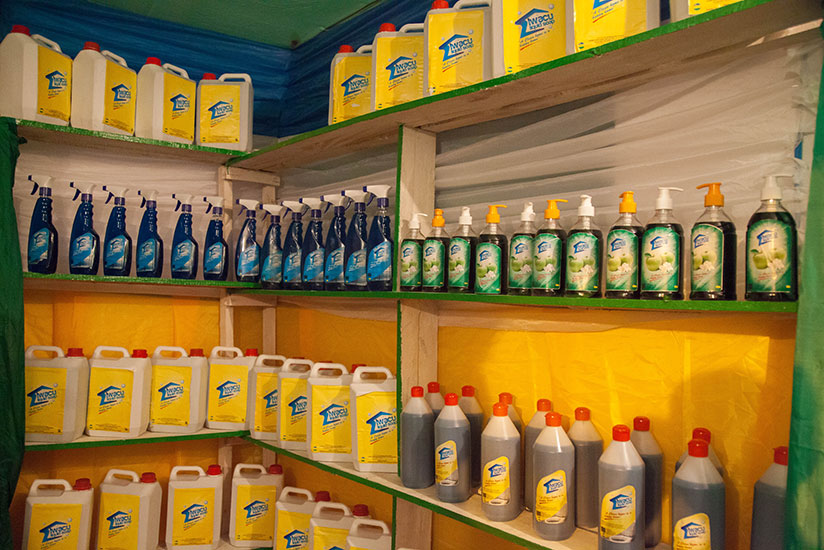As a platform committed to delivering financial education and business literacy, we are going to take a look at Made in Rwanda Program launched by the Government of Rwanda in 2015. In today’s article, we are going to highlight the aims, the pillars, the achievements of Made in Rwanda Program as well as challenges and problems that need to be addressed in order to boost the industry sector in Rwanda.

What is Made in Rwanda Program
Made in Rwanda is a campaign or program initiated by the Government of Rwanda in 2015, and approved in 2017, intending to address the trade deficit by boosting production of and stimulating sustainable demand for competitive Rwandan value-added products.
Made in Rwanda was initiated as a strategy to promote the consumption of locally made products. The rationale is to increase exports and reduce import surplus. The more the country sells a lot of locally-produced products to other countries, the more balance of trade is likely to be achieved. Once imports exceed exports it creates the trade deficit.
Objectives of Made in Rwanda program
The main purpose of Made in Rwanda Policy is to reduce Rwanda’s trade balance deficit. Made in Rwanda’s aim is supporting local industries, enhancing quality and quantity of goods produced in Rwanda in order reduce Rwanda’s trade deficit. This Policy also encourages Rwandans to consume more local products and services.
Made in Rwanda Campaign also goes in line with the long lasting vision of the Government of Rwanda to make Rwanda a self-reliant country. It also follows different programs and planning strategies like the Vision 2050, NST1 and other policies aiming at improving the socio-economic development and welfare of Rwandan citizens.
Over the past years, Rwanda experienced a negative balance of payments. Made in Rwanda initiative was therefore one gap through promoting production and consumption of locally made products. The Made in Rwanda Policy focuses on enhancing the quality and durability of Rwandan products, with a particular attention on increasing investment in agro-processing, light manufacturing products and construction materials, which are also expected to increase decent jobs among Rwandans.
The policy also aims at supporting the Made in Rwanda enterprises (especially small and medium-sized enterprises) through various projects aimed at accompanying these enterprises in their activities. Changing the mindset on the use of Rwandan products is another priority under the Policy, from the estimated positive perception of 60% as shown in various reports to 100% in the near future.

Pillars of Made in Rwanda initiative
According to the 2017 Made in Rwanda Policy, this program has five main pillars namely:
-Mindset Change,
-Improving Quality,
-Reducing the Cost of Competitiveness,
-Promoting Backward Linkages,
-Sector Specific Action Plans.
The Made in Rwanda Policy is a roadmap to achieving competitiveness, building on recent positive momentum through two main channels:
Firstly, it brings together existing Government interventions under a clear policy framework, including ongoing amendments to the public procurement law to give 15% preference to local products, VAT exemption for raw materials and capital goods and the Made in Rwanda communications campaign.
Secondly, it addresses remaining supply side bottlenecks via targeted interventions aimed at improving quality, boosting cost of competitiveness and linking anchor firms within domestic value chains and developing action plans for specific value chains.
Achievements of Made in Rwanda Program
From its launch till today, Made in Rwanda policy is bearing fruits. For example, between the calendar years 2015 and 2017, exports increased by 69% while imports decreased by 4%. In the same period Rwanda’s trade deficit decreased by 36%.
Between the years 2016 and 2018, a significant increase of export was observed for different products like garments which increased from USD 3.3 million in 2016 to USD 6.28 million in 2018, Construction materials increased from USD 2.2 million in 2016 to USD 9.3 million in 2018 and Flours like maize & wheat flour increased from USD 24.8 million in 2016 to USD 52.9 million in 2018.
Made in Rwanda program has had considerable contributions to Rwanda’s economy, especially through the development of the industrial sector. Between 2010 and 2019, the industrial sector’s output increased from 4% per annum (2010 – 2016) to 10.7% per annum (2017 – 2019), which had a positive impact on the Gross Domestic Product (GDP).
On the other hand, the role of Made in Rwanda industries in creating and maintaining productive and decent jobs for Rwandans cannot be ignored if the country is to achieve the target of 1,500,000 jobs by 2024 from around 800.000 jobs to date.

Challenges to Made in Rwanda initiatives
Despite its contribution in boosting the industrial sector, Made in Rwanda Policy still faces some key challenges still need close attention in order to achieve even better results. These include, among others: access to raw materials, high utility costs, labour shortages, infrastructure deficits, etc.
Producers of ‘Made in Rwanda’ only get tax exemption on importation of raw materials. Working capital, high cost of transportation, energy and biased perception of locally made products, are other challenges that producers highlight as affecting their businesses
Since the launch of Made in Rwanda Initiative in 2015, the Government of Rwanda has put more efforts in attracting potential investors by availing serviced land and other supports such as VAT exemption, reduction of electricity tariff etc. More so, Export Growth Fund (EGF) has been restructured to facilitate more exporters. Trough institutions like NIRDA, industries are technically supported to acquire and use appropriate technology through open call program. Furthermore, RSB is strengthening its capacity in order to offer more testing and calibration services to manufacturers and is also supporting industries to acquire quality marks to enable them to be competitive locally and internationally.
To promote Made in Rwanda, it is imperative to work hand in hand with the Private Sector to address underlying issues affecting the performance of the industrial sector. Government of Rwanda is addressing key issues in trying to address the underlying challenges to increase production of local products, ensure competitiveness of locally made products and spur consumption of locally made products.
CLICK HERE TO SEE ALL THE POSTS ON THIS WEBSITE
References:
MINICOM (2017), Made in Rwanda Policy, Kigali (available at https://rwandatrade.rw/media/2017%20MINICOM%20Made%20in%20Rwanda%20Policy%20(1).pdf
Rwanda standards Journal of 16 May 2019 available at: http://rsb.gov.rw/fileadmin/user_upload/files/pdf/Rwanda_Standards_Journal_Issue_16-May_2019_Focus_on_Made_in_Rwanda.pdf
Kind regards,
imbere.rw
Tel: +250785115126
Email: imbere2020@gmail.com